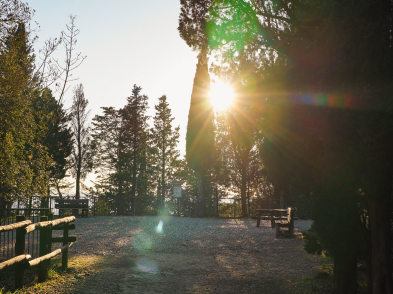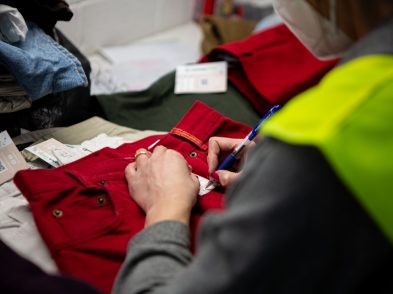The vendemmia, the wine harvest, represents the culmination of a year of hard work, of constant attention to the needs of the vine and plenty of manual labour, from the first clipper that trims the sleeping vines in January to the last set that cuts the mature grape bunch from the plant in September. With the 2018 harvest season drawing to an end, The Florentine caught up with wine experts and representatives of wineries in various producing zones in Tuscany to find out what to expect from this vintage in the making.
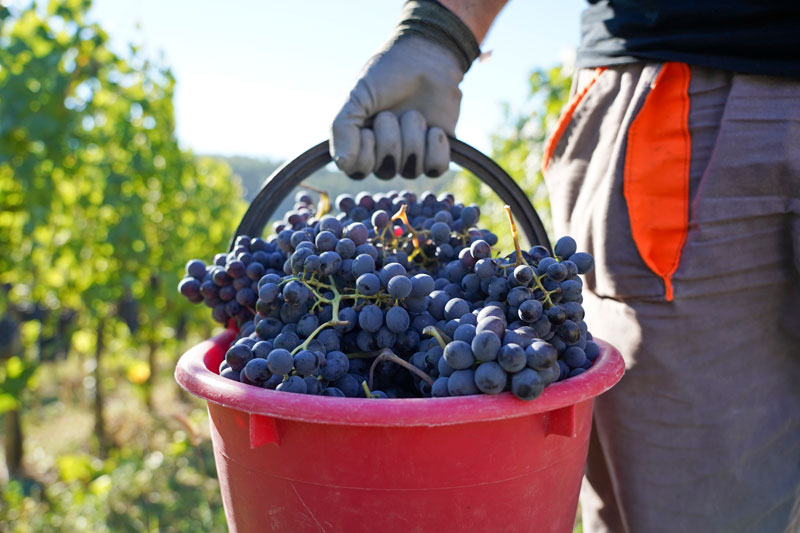
Harvesting Sangiovese at Dievole in the Chianti Classico | ph. Alexandra Korey
“A particularly rainy spring and early summer made the year hard to manage, especially for organic and biodynamic producers,” notes sommelier Filippo Bartolotta: “it was practically Cambodia, with rain followed by sunshine causing humidity—not to mention mosquitoes the size of helicopters!” Alessio Gragnoli, general director of Peruzzi in the San Gimignano area—points out that with 21 days of rain in May, 2018, alone, it was “an absolute war against peronospora [mold]…but a war we won.” Mold, but also fungus, in particular powdery mildew and grapevine trunk disease, were challenges wineries faced this year. For Montalcino, Lorenzo Bernini, head agronomist at the ABFV properties Podere Brizio and Poggio Landi, sums up the year’s weather worries as “starting in fear and ending in joy.”
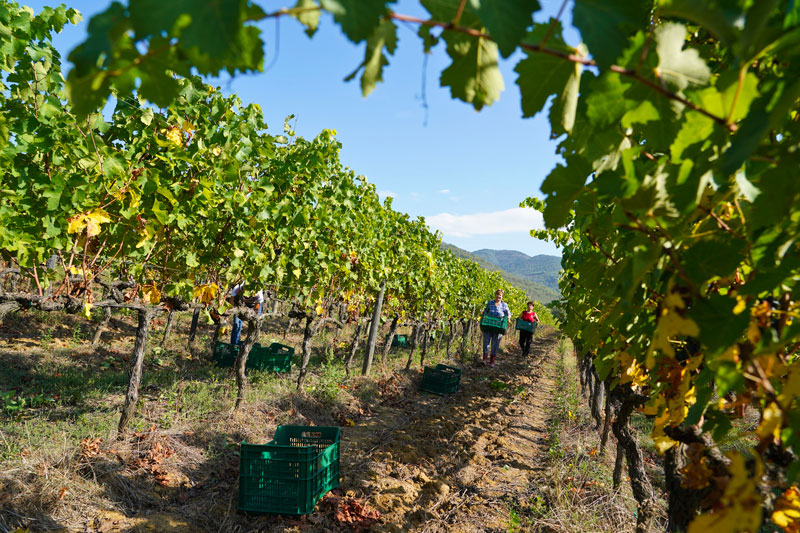
Harvesting syrah at Il Borro in the Valdarno | ph. Alexandra Korey
The rainy season was followed by a hot summer with cooler nights, creating an ideal temperature variation that recalls some good years of the 1980s. Augusto Graziano, winemaker at Petra in Suvereto, explains that in their area of the Tuscan coast, this weather caused a slow maturation of the grapes, which, picked at just the right moment, guarantees a fresh and acidic wine. We’re seeing this optimal maturity across the region; Salvatore Ferragamo, AD of Il Borro, confirms that it will be an excellent year for their wines in the Valdarno; in Chianti, at Ruffino’s Poggio Casciano, enologist Gabriele Tacconi points out that the cool and dry winds of the end of September brought perfect maturation visible in the intense colours of all their red grapes.
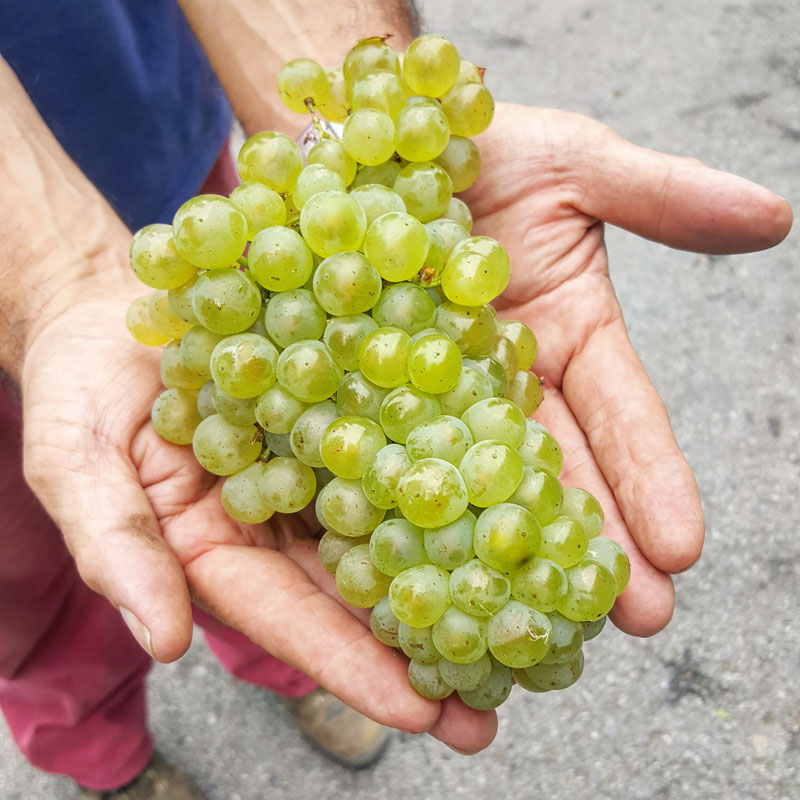
Chardonnay grapes | ph. Francesco Ricasoli
Could this be a particularly excellent year for white varieties, which make up a small percentage of wine produced in the region of Tuscany, but play an important role at our dinner table? Francesco Ricasoli, owner in the Chianti Classico area, notes that this slow maturation has been exceptional for his Chardonnay, producing good quality but also quantity; the longer maturation has allowed it to develop intense flavours. In Maremma at Cecchi-owned estate Val Delle Rose, general director Leonardo Raspini is happy with the Sangiovese production, which is down 10-15 percent against the average, but looking much more positive than last year, when up to 30 percent was lost throughout Tuscany due to the extreme drought. But the true star, he says, is the Vermentino, which, like Ricasoli’s Chardonnay, yielded both excellence and numbers: “the perfect balance to produce wines that will satisfy anyone who wants to drink a great white in Tuscany, the land of reds.”


